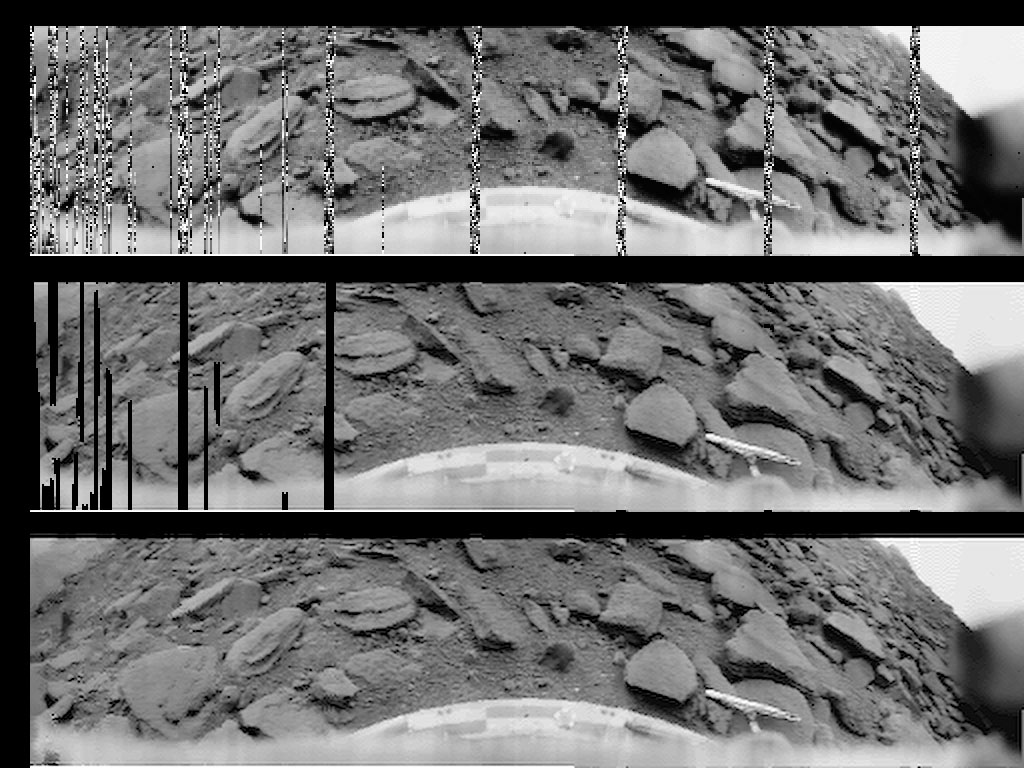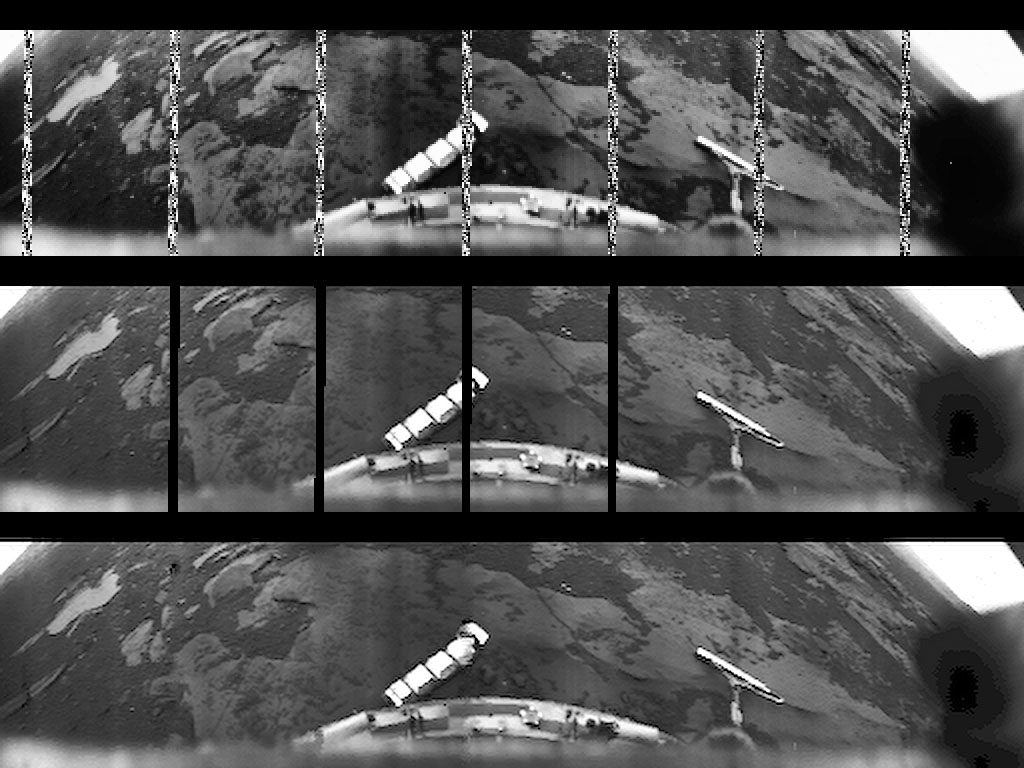On March 5, 1982, the Venera-14 lander successfully landed on the surface of the second planet of the Solar System. In total, it worked for 57 minutes, managing to convey a color panorama of the surrounding area. Four decades later, this panorama is still the last image from the surface of Venus available to scientists.

The most extreme planet
In the early years of the space age, astronomers’ knowledge of Venus was very scarce. In fact, they were limited by the most general facts, such as the planet is slightly smaller than Earth in size, and its surface is constantly hidden by thick clouds. What is under them remains the subject of speculation. Therefore, the missions to Venus were actually a flight into the unknown.

Alas, but the first apparatuses that visited the planet shattered the dreams of space romantics. The data they collected showed that it has a very hot and dense atmosphere and is completely different from the young Earth. The final point was set by the Soviet mission Venera-7 in 1970. Its lander became the first Earth messenger that managed to survive the launch and reach the surface.
Venera-7 indicated that the temperature in the landing area exceeded 450 °C, and the atmospheric pressure was 90 atmospheres — that is, as at a depth of 900 meters. These data finally buried all hopes of finding life on Venus.
How to photograph Venus
The next step in studying Venus was to take pictures of its surface. Fortunately, measurements of the light level showed that it is comparable to a cloudy day on Earth. This means that we can take photos on Venus.

But how exactly to take photos in such extreme conditions? It was clear that if the camera was placed outside the protective shell, then the enormous pressure and temperature would destroy it. Therefore, engineers placed a telephotometer inside the lander. Through a special porthole, light from the surface got to the periscope device, which then sent it to the camera.

It turned out to be a good solution. In 1975, the Soviet Venera-9 and Venera-10 spacecraft transmitted the first ever black-and-white panoramas of the planet. Interestingly, before some scientists had suggested that due to the enormous pressure on the surface, there would be an effect of such powerful refraction that all Venera lenders would be able to photograph themselves. According to another opinion, the surface of the planet could be completely hidden by a haze.

However, it turns out to be much easier. In the images of Venera-9, scientists saw an area covered with numerous stones with sharp edges. The panorama of Venera-10 showed formations similar to floods of solid lava. No dust, fog, or refraction effect was found in the atmosphere of the planet.
Recent photos of the surface of Venus
The next goal for Soviet scientists was to obtain color images of Venus. This task was assigned to the stations Venera-11 and Venera-12, launched in 1978. Both lenders successfully landed and worked for over an hour on the surface of the planet. However, the MCC did not receive a panorama for a very insulting reason: the protective covers just did not throw off from the photometers of the lenders.

the Venera-14 lender

the Venera-14 lender

Venera-14 lender
After such an insulting fiasco, engineers made a series of changes to the design of a pair of the following devices, which received the designation Venera-13 and Venera-14. They landed on Venus on March 1 and 5, 1982, transmitting the first (and currently the last) color panoramas of its surface.

Over the next four decades, no other space mission tried to repeat the achievement of Venera lenders. Probably, new images of the surface of Venus will be obtained no earlier than the next decade by the DAVINCI+ mission. Within that framework, NASA plans to drop a probe into the planet’s atmosphere, the instruments of which will include an infrared camera. It is supposed that during the descent it will shoot the high-altitude region of the Alpha Region.

Meanwhile, the DAVINCI+ mission plan does not provide attempts to obtain panoramas of the surface yet. And this means that the achievement of Venera-14 may remain unbeatable for years to come.

